When thinking about your next bike saddle it’s important to not just consider short term comfort but the long term benefits of using the right saddle. Having been creating some of the world’s most respected bike saddles for more than 70-years, ergonomics are front and foremost in the design of every Selle SMP model.
A result of in-depth ergonomics studies, researchers have concluded detailed findings on the Perineum – the area that supports the cyclist’s weight and precisely distributes it over pelvic bones and buttocks, and protects the body from bruises and shocks caused by the roughness of road or terrain.
The standout difference between Selle SMP and just about every other saddle available is the Italian company’s patented central cutout, or pressure relief area.
Distributed along the whole length of the saddle, whatever the cyclist’s position, this cut out prevents perineal structure compression, avoiding vein and capillary vessel occlusion and the chance of nerve injury in both male and female riders.
Most Common Symptoms Suffered By Cyclists
 According to in depth research by Selle SMP, genital numbness is probably the most common symptom suffered by cyclists and caused by perineum zone compression.
According to in depth research by Selle SMP, genital numbness is probably the most common symptom suffered by cyclists and caused by perineum zone compression.
Ulcerations and lymphoedema of the vaginal labia are rather frequent in women cyclists.
According to Selle SMP extended riding on a poorly-designed saddle can also lead to a number of other side affects including –
- Erectile dysfunction – a potential evolution of genital numbness.
- Testicular cysts and cancer – due to repeated micro traumas.
- Reduced fertility caused by increased scrotum temperature.
- Prostate, bladder and urinary tract
- Prostatitis: caused by prolonged compression and traumas
- Blood in the urine: directly associated with cycling activity.
- Urination difculties.
- Nervous and vascular perineum structures
- Vascular and nerve lesions: veins, arteries and nerves could be damaged by prolonged contact between the saddle and perineum.
- Chronic perineum pain.
- Anorgasmia.
Independent researchers have conducted incredibly detailed research on this with the main reference document being titled the ‘Development of a New Geometric Bicycle Saddle for the Maintenance of Genital–Perineal Vascular Perfusion’
The objective of the study was to identify a bicycle saddle model for cyclists who cover long distances, to minimally reduce the compression on the structures of the pelvic floor, thereby protecting blood perfusion of the penis and avoiding possible consequences on penile erection.
 Method A comparison between a new geometric development of a bicycle saddle model (SMP) and one of the more frequently used models by professional cyclists was made. The measurement of the partial pressure of penile transcutaneous oxygen (PtcO2) in 29 healthy voluntary cyclists was recorded to investigate the differences of compression from two different saddles on the vascular structures of the perineum. The PtcO2 was recorded at 3 and 10 minutes in conditions of static sitting. Then, the values of PtcO2 were recorded for 15 minutes while the cyclists were in a 60-degree position and in stable hemodynamic conditions.
Method A comparison between a new geometric development of a bicycle saddle model (SMP) and one of the more frequently used models by professional cyclists was made. The measurement of the partial pressure of penile transcutaneous oxygen (PtcO2) in 29 healthy voluntary cyclists was recorded to investigate the differences of compression from two different saddles on the vascular structures of the perineum. The PtcO2 was recorded at 3 and 10 minutes in conditions of static sitting. Then, the values of PtcO2 were recorded for 15 minutes while the cyclists were in a 60-degree position and in stable hemodynamic conditions.
Results A t-test was performed to measure the level of confidence. The clear superiority of the SMP saddle in preventing vascular compression of the perineal structures was demonstrated to be statistically significant. Conclusion. The experiment validated the effectiveness of the SMP saddle in limiting the compression on the pelvic floor. In addition, the SMP saddle introduces compatible seat dimensions that cyclists prefer to cover long distances.
To read the complete study click here https://www.sellesmp.com/media/wysiwyg/download/development-of-a-new-geometric-bicycle-saddle.pdf





